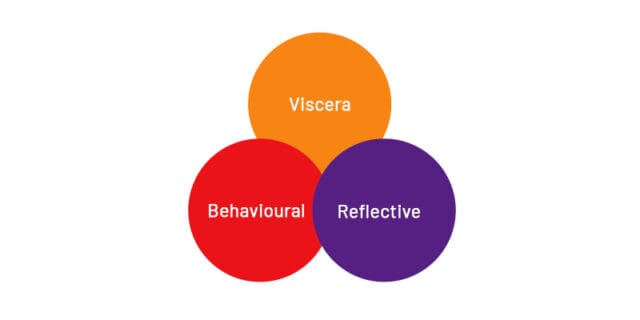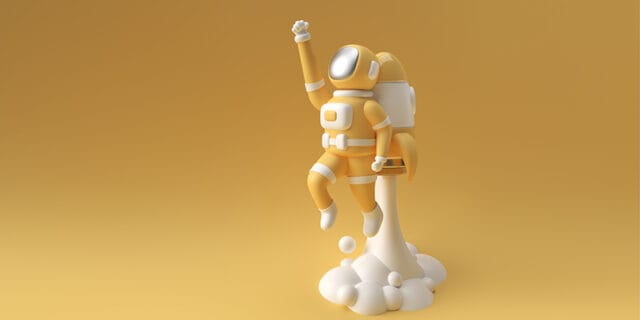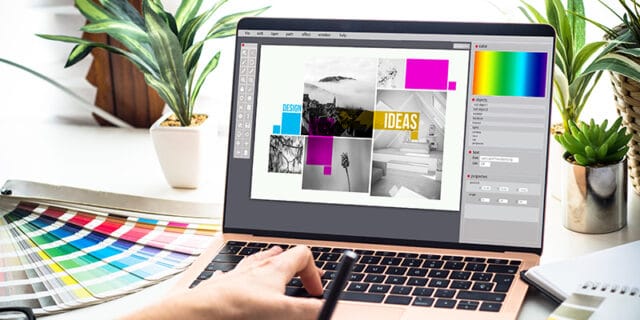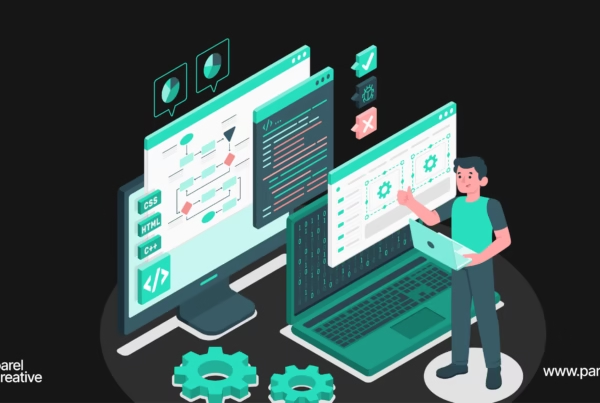Emotional design has always been a part of web design, even if we were unaware of it. The subtle ways of incorporating an emotional design remained a great aspect in attracting the right target audience. It would hit peoples’ subconscious minds, helping them have a deeper experience while browsing through a website. Every time they engage with the website, they get a positive experience which reinforces them to choose you over others. In most cases, the audience will not even realise why they make this choice.
Emotional design is considered one of the most powerful tools in a brand’s toolkit, where the key point is in establishing an emotional connection with your target audience. In short, it is the ability to make viewers feel specific emotions through design.
It is done intentionally through deliberate design choices that can create an emotional response in the minds of your target audience. You might have come across websites that make you feel frustrated and confused with their pile of redundant information. When you replace such a design with a clutter-free design that’s clear about its actions and intentions, you successfully connect with your audience, and in return, they become interested in your deals. In a nutshell, to incorporate emotional design, you should definitely make the process painless.
Now let’s get a little deep into this.
The Three Levels Of Design
Research by Donald Norman, director of The Design Lab at University of California, San Diego, and author of multiple books on design, including “The Design of Everyday Things“, developed the concept of emotional design. He defined the three types of cognitive responses users have to product designs, and it holds equally similar importance when it comes to website design as well.
- Visceral: A user’s immediate, automatic response to a design.
- Behavioural: A user’s subconscious evaluation of a design’s ability to help them reach their goals.
- Reflective: The mindful review about the usability and value of the design

So next time you create a website, do focus on these concepts to help you develop better websites. Or you can choose Parel Creative, the best web design company in India, to get it done with utmost perfection. Know us more!
Six Steps To Emotional Design
Now let’s move towards the steps that can help you create emotional designs and note that it applies to every type of design, be it in website design or even product design. Keep these six key points in mind, and pretty soon, you will have something that strikes the right emotion of your audience.
- Understand Your Users’ Base Desires
An emotional design is intended to hit the base desires of a person. By base desire, we mean you should be able to tap into the emotion that can lead to positive action and not just make them feel good. The desire should have deep roots that are far more than just basic wants. And the tricky part here is, this right tap on your audience’s emotion is so subtle that your audience might not even realise.

A luxury car ad is required to tap into the base emotions of having status within one’s social group apart from just plainly appealing to the people about the benefits of purchasing the car.
- Create A Character And Engage As This Character
Humans like to interact more with humans than with robots. So make sure that interacting with your brand feels just like interacting with a person rather than a website. And this way, you create a character that inspires your audience to engage more with your brand. Your target audience should feel that they are being heard.

When you give a face to your brand, it becomes much easier to connect the idea with your audience. But make sure it stays in character through every touchpoint with the customer. That means you cannot just create a character and leave, but you have to complement it with your website content, ad and everything accompanied to your brand by making it sound like this character. For example, if your brand is fun and playful then your website content, ad copy, emails, design elements, etc., should reflect that fun style by various means.
- Make Users Feel A Sense Of Ownership
To induce a feeling of attachment, you need to make them feel like they are a part of your brand. Whenever they interact with your brand, they must feel like it’s their own brand.
To do this, you can apply various techniques such as designating them with a unique demonym or offering highly responsive branded customer service like the Genius Bar. The rule is simple- make them part of your brand so that they value it higher.
- Tell Stories
Good stories imbibe a pleasant feeling, and that’s why it’s necessary to use story-telling in your design. It can help you stir up your audience’s emotions.
You can use storytelling to communicate what you offer, such as the experience, quality, value and more, in a fun way. Etsy, an American e-commerce company, uses a similar strategy by presenting stories of start-ups that achieved success through this platform. With storytelling, they were able to inspire more and more people to get started with their business within the comfort of their homes. For this, they create videos featuring happy people narrating their real success stories.

You can also apply a similar strategy to incorporate story-telling into your design. Talk about your brand’s backstory through emotionally impactful design, such as a website’s testimonial page. Give it a little personal touch by including personal experiences. Elements such as poetry, abstract illustration, single-panel cartoons or infographics are great to use for story-telling features of your design.
- Little Details Matter
Little details matter a lot for creating an impressive user experience, and that’s why a detail-oriented design goes a long way in satisfying your customers. Elements such as error messages, website colours and illustration choices, user feedback animations, etc., need to be made exciting in order to retain the interest of the customers. A creative representation of even the error message can win you customers, for providing them with an unforgettable experience.

There are many creative ways of doing it. For example, a little thank you note that pops up every time a customer completes a purchase from your website, or you can create cute animations that can elicit the “awww” factor.
To connect with your audience on an emotional level, try to weave in a positive memory with your brand, so they are excited to choose your brand the next time as well.
- Give Users Little Bonuses
They chose you over millions of others, and this decision needs to be appreciated if you need them to stay with you. We humans tend to constantly repeat actions that give us a sense of validation and appreciation, and the same goes while applying emotional design as well.

Reward them whenever they interact with your brand. You can give them redeemable points or add small treats to their orders. But try not to centre those rewards too much around the brand, or customers may lose interest.
Let’s Put Some Emotions in Your Website!
Emotional design has now evolved into a bigger concept, and efforts are made to deliberately incorporate it into the design. Tapping into human emotions is really the key to designing an efficient website.
Having an emotional design will help your website to please and appeal to more and more people in a short time. It aims to create positive associations with the brand and drives your target audience to take specific actions. When it comes to website design, strategies like colour psychology and gamification are used to evoke the desired emotional response.
Want to employ emotional design strategies for your website? You are at the right place! At Parel Creative, the best web design company in India, we have the right experts for you. Our team of web designers and web developers can help you tap the right emotions of your target audience, allowing you to create a highly functional and efficient website that’s well beyond just looks. Let’s get connected!










